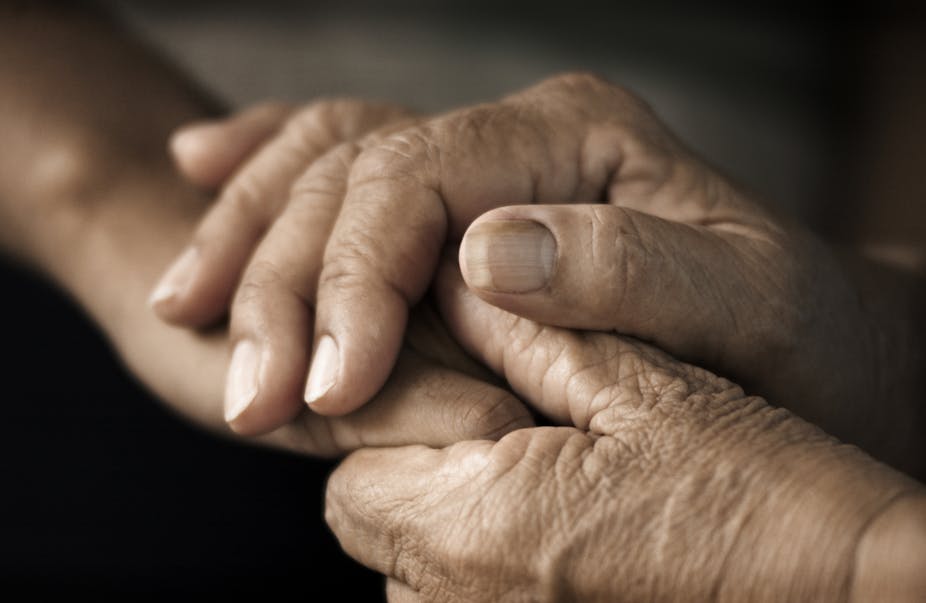Aruna Shanbaug died with pneumonia in May 2015 after 42 years in a vegetative state. She was 25 years old when, in 1973, she was raped and strangled, leaving her with severe brain damage. Her survival for so long is testimony to the dedicated care provided for her by generations of nurses at the hospital in Mumbai where she had worked. But should we routinely deliver life-prolonging treatments over years or even decades to people who have no realistic chance of ever regaining consciousness?
New medical technologies mean that increasingly people are able to survive devastating brain injuries caused by accidents, assaults, falls, strokes, or infections. A proportion of these patients will pass through a short-term comatose state to recover full consciousness, or at least some level of awareness.
However, others will be left in a permanent vegetative state (PVS). They are not “brain dead”; they have a functioning brain stem and can usually breathe on their own. But they have no awareness of themselves or their environment. And the longer they remain unconscious the less likely it is that they will ever become conscious again.
Routine treatment
After the acute period in emergency and intensive care, treatments for these patients are not particularly high-tech. Keeping them alive requires good basic care (such as turning and changing position to manage skin integrity), a feeding tube, intermittent antibiotics for infections and perhaps some ongoing mechanical ventilation support (such as oxygen at night). In the UK it is estimated that there are between 4,000 and 16,000 PVS patients and it has become routine to deliver life-prolonging treatments indefinitely.
Although clinicians and families often agree on “ceilings of intervention” – for example, that the patient will not be resuscitated if they have a cardiac arrest – many PVS patients are medically stable. The vast majority continue to be kept alive via hydration and nutrition delivered through a feeding tube.

This sits uneasily with English law, as laid out in the Mental Capacity Act 2005, which states that treatment should only be given if it is in the best interests of the patient. No court in England and Wales has ever found a feeding tube to be in the best interests of a patient in a confirmed PVS. So why do the majority of PVS patients continue to receive this treatment?
In some cases, it may be that the family believe that the patient would have wanted ongoing treatment regardless of their level of consciousness or prognosis. Alternatively, some family members may be hoping for a “miracle” recovery or are simply not yet ready to let go of a loved one.
In other cases it may be the strong beliefs of clinicians or care home staff that determine what happens. Inertia and maintenance of the status quo also play a part. Once a feeding tube has been inserted it becomes the default option. It may not even be seen as a medical treatment that is keeping the person alive.
Even if they come to believe that a person would rather be dead than maintained in a PVS, many families are horrified by the idea of allowing their relative to “starve and dehydrate” to death. The legal requirement to make an application to the courts before a feeding tube can be withdrawn also acts as a deterrent.
Need to rethink
The end result is that many people in a PVS are receiving long-term treatment that is not in their best interests. Sometimes it may be in spite of the fact they had previously clearly indicated that (like most people) they would not want to be kept alive in such a state.
This inappropriate treatment of PVS patients costs around £90,000 per individual per year. This displaces alternative NHS services and causes a loss of seven quality-adjusted life years from other NHS patients.
As a society we need to rethink the social and ethical implications of these interventions. Treatment by default, because of a lack of consideration of the patient’s wishes, and a lack of will or courage to find alternatives, is not an acceptable ethical position.

